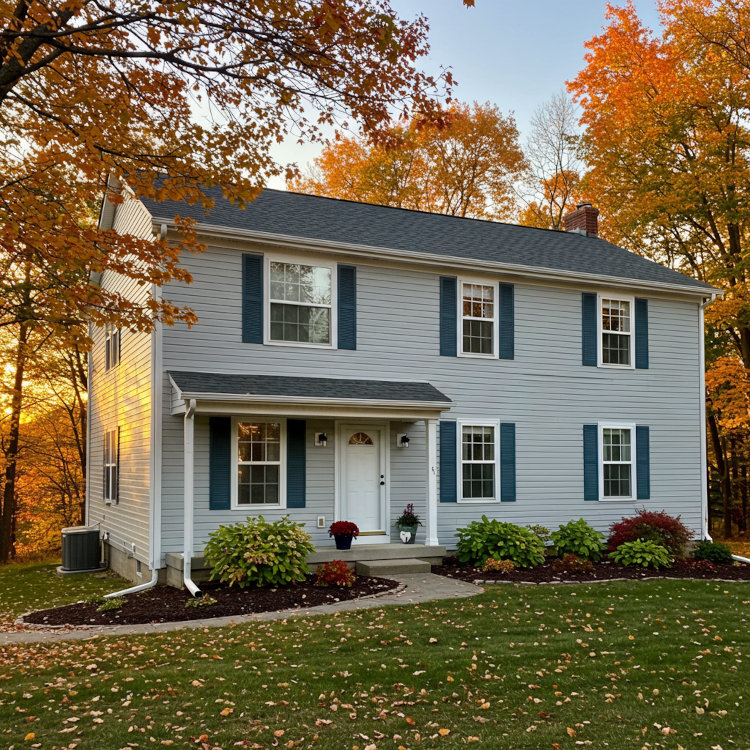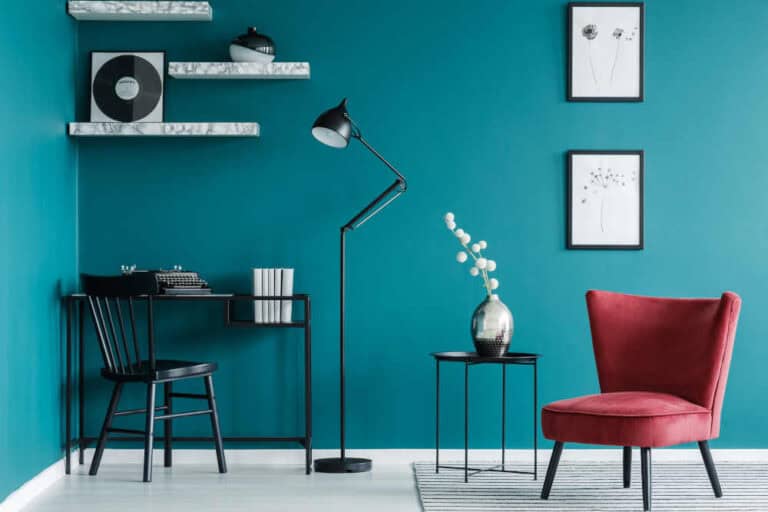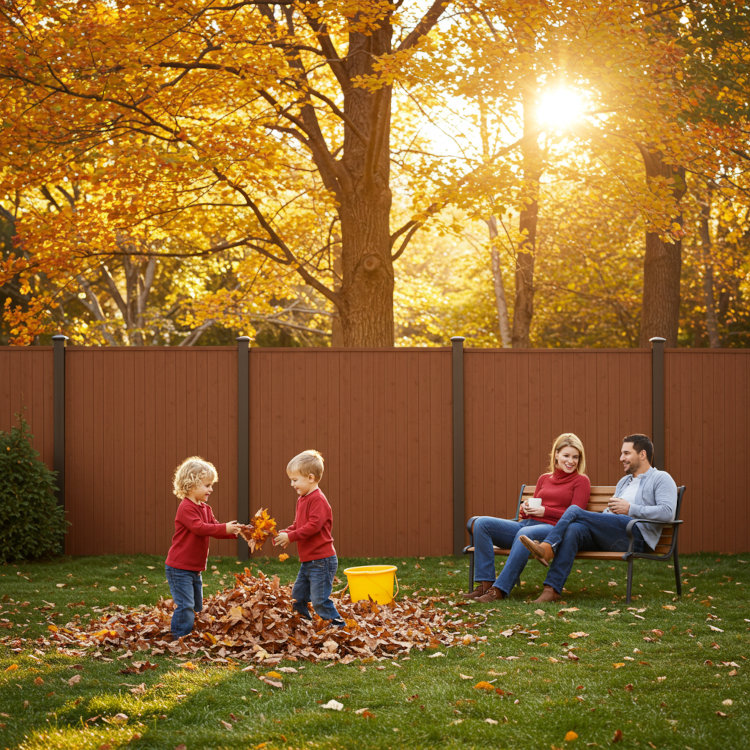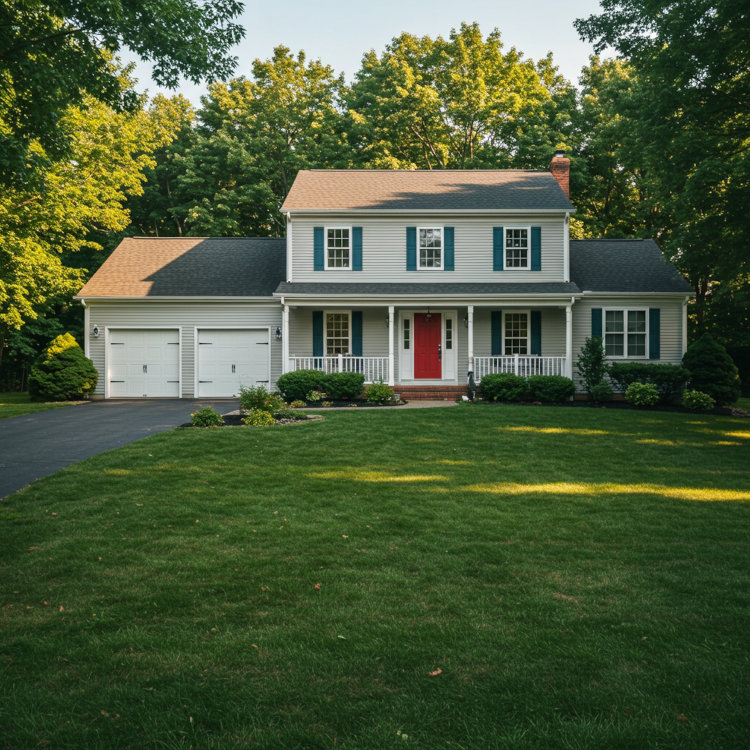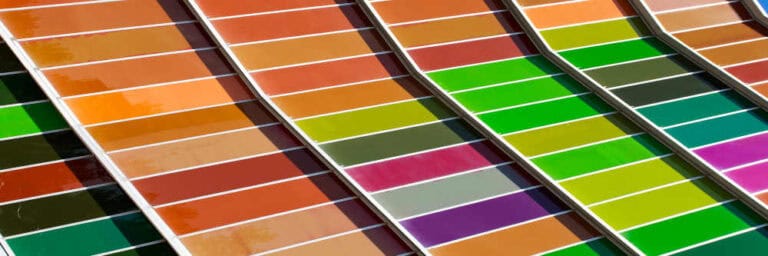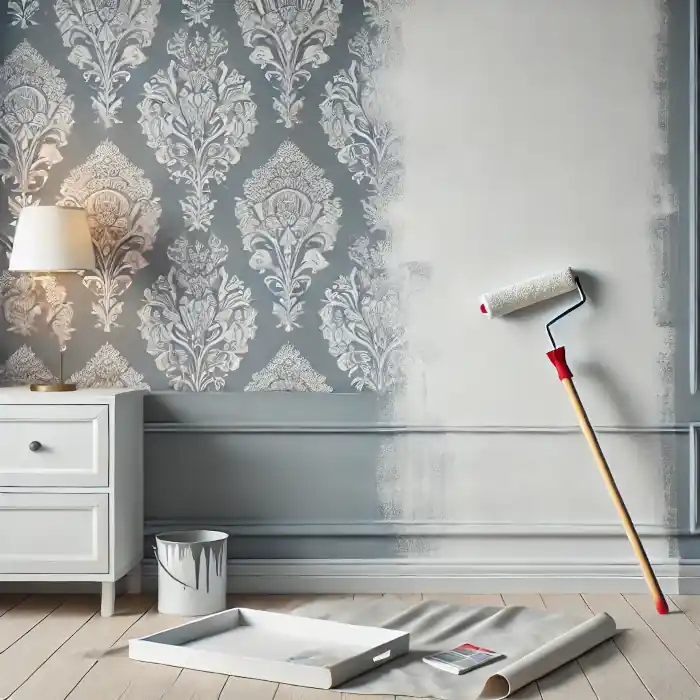As an Amazon Associate, I earn from qualifying purchases. Privacy Policy / Terms
Vinyl siding is known for its durability and low maintenance, but even the best siding can start to fade or look dated over time. Many Ohio homeowners wonder if painting vinyl siding is a practical option or if replacement is the better route. The truth is that painting vinyl siding can restore curb appeal, protect your home’s exterior, and save thousands compared to new installation, just as long as it’s done correctly.
Before starting, it’s important to understand when painting makes sense, how to plan for the best results, and what professional house painters do to ensure a long-lasting finish.
Is it a good idea to paint over vinyl siding?
Yes, painting vinyl siding can be an excellent idea when the material is still in good shape. If the panels are structurally sound, with no major cracks or warping, a new coat of high-quality exterior paint can completely transform the appearance of a home.
Painting also helps protect siding from UV rays and moisture while extending its lifespan. Many Ohio homes benefit from a color update every 8–10 years to maintain a fresh, uniform look. It’s crucial, however, to clean and prep the surface thoroughly. Dirt, mold, and chalky residue must be removed so that paint adheres properly and lasts longer.
Is it cheaper to paint vinyl siding or replace it?
Painting is almost always cheaper than replacement. Replacing vinyl siding can cost between $8 and $15 per square foot, while painting averages $2 to $4 per square foot, depending on home size and condition.
Because vinyl is designed to last, painting becomes a smart financial decision when the material remains solid but looks worn. Homeowners can achieve a like-new appearance without the cost and disruption of full replacement.
What is the best time of year to paint vinyl?
The best time to paint vinyl siding in Ohio is during moderate temperatures, ideally between 50°F and 80°F. Early fall and late spring are perfect because humidity is lower, temperatures are stable, and there is less risk of rain interfering with drying.
Painting during extreme heat can cause paint to dry too quickly, leading to streaking or adhesion issues. In colder weather, paint may not cure correctly. Scheduling exterior painting during these comfortable months helps ensure a durable, professional result.
Can painting vinyl siding increase home value?
Yes, painting vinyl siding can improve a home’s appearance and market value. Real estate professionals often note that updated exteriors make a strong first impression and signal that a property has been well-maintained.
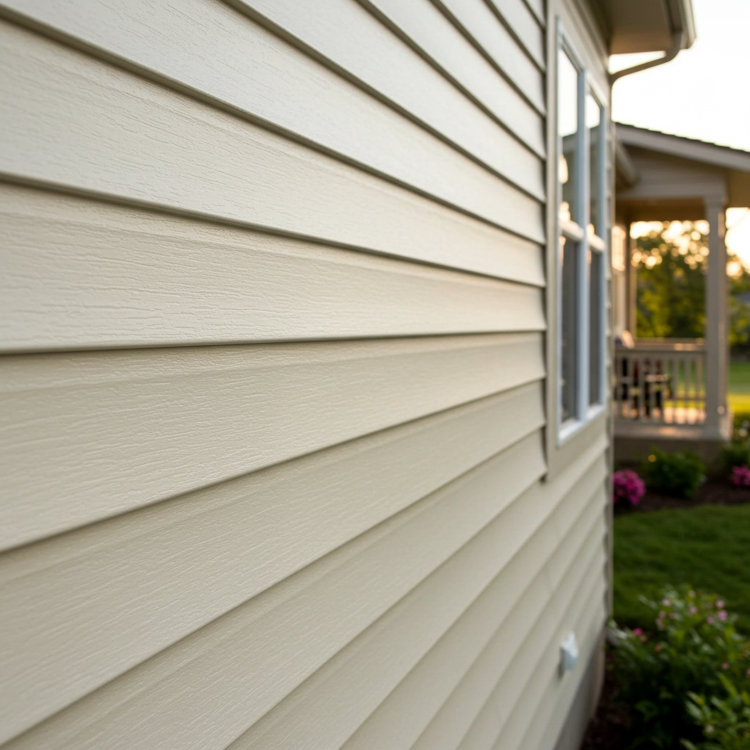
A new paint color can modernize older homes, improve curb appeal, and appeal to a broader range of buyers. Neutral tones such as soft beige, slate gray, or pale blue remain popular in Ohio neighborhoods, as they complement both traditional and modern styles. Even if you’re not planning to sell soon, a refreshed exterior helps maintain value over time.
How many coats of paint does vinyl siding need?
Most vinyl siding requires two coats of paint for complete coverage and long-term protection. The first coat serves as a base that seals the surface, while the second creates an even, vibrant finish. Using high-quality acrylic or urethane-based paint ensures flexibility, preventing cracks as the siding expands and contracts with changing temperatures.
Professional painting contractors often use sprayers for even coverage, then back-roll to smooth the finish. Light colors are recommended because dark shades can absorb heat and increase the risk of warping.
The Best Way to Paint Vinyl Siding
Painting vinyl siding successfully requires careful preparation and attention to detail. While it’s possible to take on the project as a homeowner, professional painters bring the tools, expertise, and materials needed to achieve lasting results.
Here’s the ideal step-by-step approach:
- Clean the surface thoroughly. Power-wash siding to remove dirt, mold, and debris.
- Inspect for damage. Replace any broken or warped panels before painting.
- Choose high-quality paint. Use paints formulated specifically for vinyl siding to prevent cracking or peeling.
- Apply two even coats. Follow recommended drying times between coats for the best adhesion and color consistency.
This careful process ensures the finish looks smooth, lasts longer, and enhances your home’s protection from the elements.
Choosing the Right Paint and Color
Not all paints are suitable for vinyl. Homeowners should select acrylic-based paints with added UV protection, designed to handle expansion and contraction caused by Ohio’s seasonal changes.
Lighter colors reflect heat and maintain consistent temperature levels, which is especially important for south-facing walls. Before committing to a full color, it’s wise to test small samples in natural light throughout the day. Colors that appear neutral in the morning may look warmer or cooler in evening light, so taking time to test helps achieve the perfect tone.
When to Hire a Professional Painter
While painting vinyl siding can be a DIY project, hiring professionals ensures the job is done efficiently and correctly. Experienced exterior painters know how to handle large surfaces evenly, avoid streaks, and use top-tier products that maximize longevity.
Professionals also assess weather conditions, surface conditions, and color compatibility before starting details that greatly influence results. In Ohio, where humidity and temperature fluctuate, timing and technique make all the difference between a short-term fix and a finish that lasts for years.
Final Thoughts
Painting vinyl siding gives homeowners a practical way to refresh and protect their property without replacing materials. With proper preparation, quality products, and professional care, painted siding can last a decade or more while enhancing curb appeal and home value.
A clean, updated exterior not only protects your investment but also reflects pride of ownership. It’s one of the simplest, most rewarding home improvements you can make.
Views Expressed DisclaimerThe views, opinions, and information presented in this article are for informational purposes only and do not necessarily reflect the official policies or positions of Crocker Home Painting Company. While every effort has been made to ensure accuracy, Crocker Home Painting Company is not liable for any errors, omissions, or decisions made based on the content provided. Readers are encouraged to consult professionals for specific advice or assistance related to their unique circumstances.

